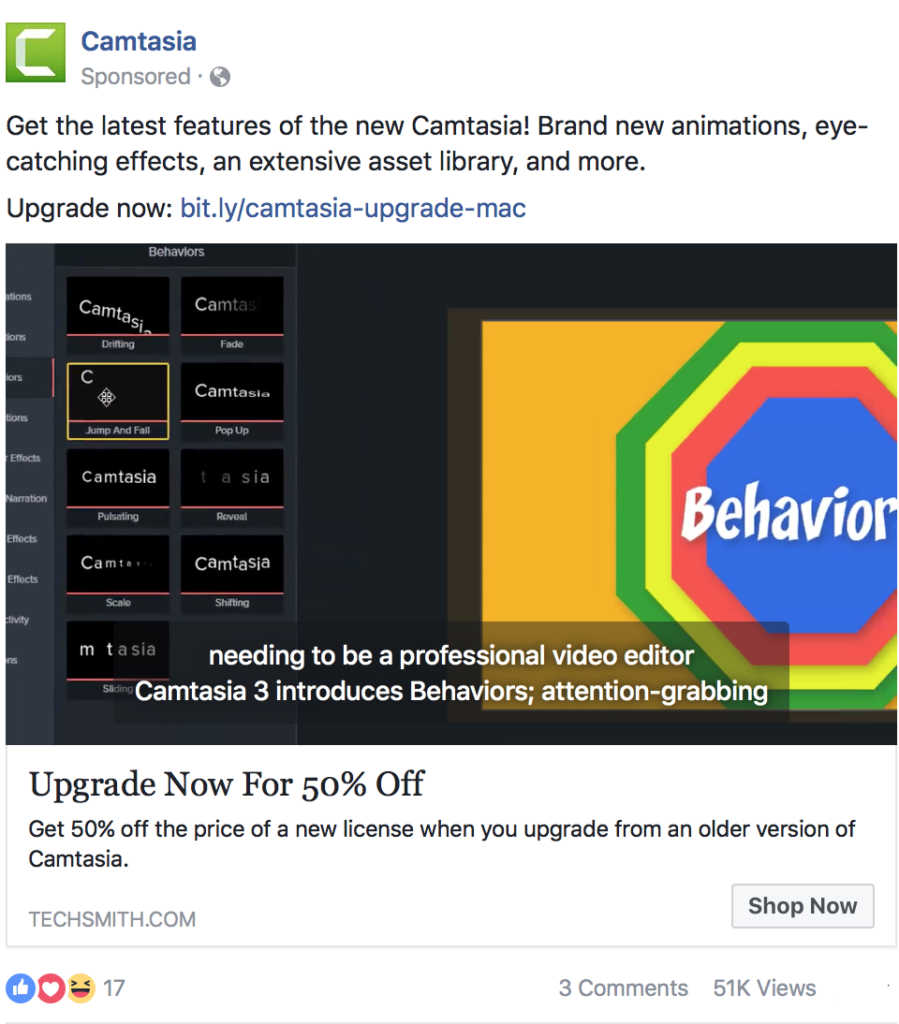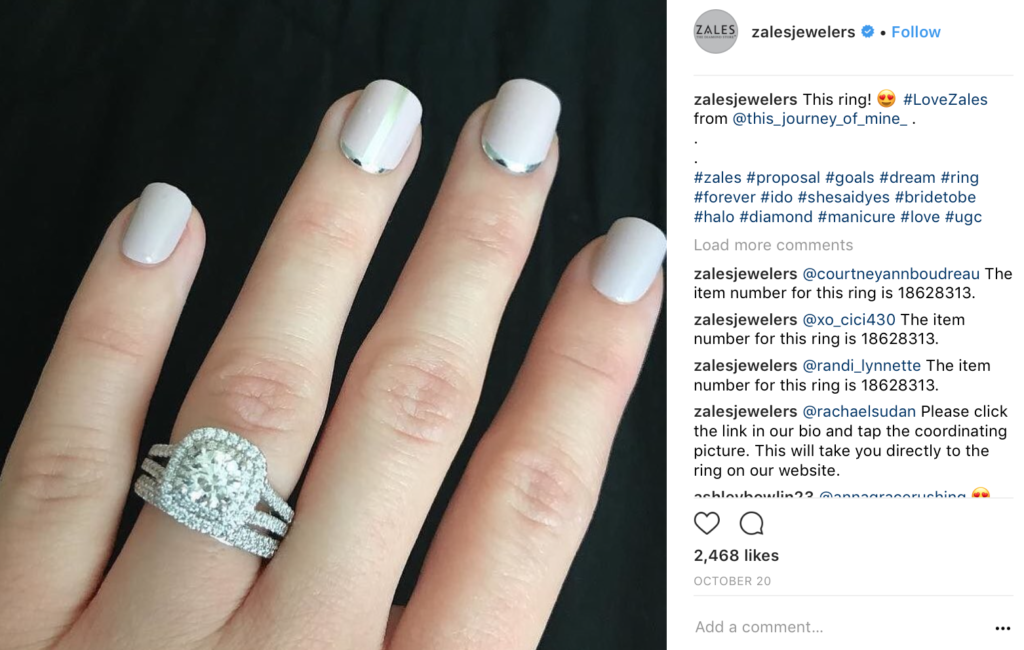The new year is almost here, and it always feels a little bit like a fresh start. I know I won’t be the only one setting new goals and making resolutions for 2018. It’s common tradition, after all, to write up a string of resolutions for things we want to change about our lives. I’ll only eat out once a week, we say, or I’m going to stick to a budget, or I’ll go the gym at least three times a week.
These are all fantastic goals, even if they turn out to be a bit idealistic for some of us. But what about resolutions for your business? What about marketing resolutions?
At the end of 2017 and the beginning of 2018, it’s important to take a close look at your marketing strategies to evaluate what’s working for you and set goals for the next year.
We took what we knew about the hundreds of small businesses we’d worked with and combined it with the marketing changes we’re expecting to see happen in the next year to create this list of the five marketing resolutions that you’ll actually want to keep. Trust us, your business will thank you.
1. Don’t Abandon Customer Retention for Customer Acquisition
Customer acquisition will always be one of the most important goals of your marketing campaigns should address. Even if your business is successful and you don’t necessarily want to scale further, you at least need moderate customer acquisition. This will keep you at a level playing field when some customers inevitably drop off.
While gaining new customers and leads is—and always will be— important, you shouldn’t focus exclusively on acquisition at the expense of retention.

Most businesses actually don’t focus nearly enough energy on improving customer loyalty. They got their eyes on the prize of that first sale, and once they have it, they move in.
To combat this, use more re-engagement tactics and loyalty-building strategies. Offer referral programs, affiliate programs, and exclusive discounts or first access to new products and services to your most high value clients. Do what you can to keep them around, or someone else will.
2. Actively Search for New Ways to Spread Your Message
There’s only so much you can do to spread your brand’s message and story on your own; it will be a lot more effective if you have a little help.
There are three great options you can use to connect with more audience members, build brand awareness, and generate leads. These are:
- Encouraging user-generated content. User-generated content is exceptionally powerful; no one will sell your product like your customers. Put regular calls for UGC everywhere you can online. You can see more about this here.

- Encouraging employee-generated content. Marketers talk a lot about UGC, but they forget about EGC. Employee generated content can be almost as influential as UGC, because they’re invested in the success of your business and customers love to see a business that treats its employees well.
- Connecting with the right influencers. One mistake a lot of businesses make is going for the absolute biggest names possible in the industry, when in reality the most effective influencers are a lot more accessible. If a new restaurant really wanted to get some great promotion, it wouldn’t be the right choice to contact the overly-swamped food writer for the NY Times; it would be a better strategy to contact all the food bloggers and Instagram influencers in the area instead. This is true for most businesses. Don’t be afraid to go a little smaller than you think you should, becomes sometimes these influencers have the most engaged and loyal readers.
3. Prioritize Personalization
Personalization is becoming a bigger and bigger deal as technology gives us the capability to offer it to our customers. You must focus on this in 2018 or you’ll be left behind.

There are a few easy ways you can improve how personalized and tailor-made your content seems to be to your customers. These include:
- Run highly segmented retargeting campaigns using dynamic ads and on-site activity
- Offering “You May Also Like” boxes on your product pages
- Recommend new products to customers through email campaigns based on purchase history (like how clothing companies automatically send me specifically Petite-geared content)

If you want to learn more about personalization in marketing and on your site, Neil Patel has an incredible post going over the basics and actionable how-to info here.
4. Set Specific Goals for Each Piece of Content
I’ve worked with a lot of their content marketers and social media managers (and small businesses) who tend to fall into the same trap with their social and content marketing. They generate content purely based on the concept of an interesting idea, and that’s as far as they go.
Every piece of content you create should have a goal and be relevant to your overall campaign strategy. That goes for blog posts and social media posts. You should understand if it’s meant to sell something, drive engagement, purely be beneficial for SEO purposes, or draw in leads. More than that, you need to understand why. Otherwise, you may have a ton of great content, but you’ll still fall short of all of your goals.
5. Use More Video
Embrace video, and even if you’re already using it, get ready to use it a little more.
Video is only growing in importance and popularity from both the users’ and the algorithms’ points of view. Native video on Facebook and Instagram is only going to become even more important in the next years in organic and native content. It’s likely we’ll continue to see an increase in live videos, too.
Utilizing storytelling in your videos to help you represent your brand will continue to be important, as people want to know that the business values them and coincides with what they value.
Fortunately, videos are becoming easier than ever to produce thanks to high quality smart phone cameras and highly accessible video editing tools. If you’re still intimidated by video marketing, consider the fact that Facebook even recently released a video starter kit containing smartphone tripods. You can actually edit video clips on your phone. Then, upload the clips into Shakr’s video templates to produce a gorgeous, high-converting video in no time.
Using more video isn’t difficult, but it will be in important in 2018, so make sure this is a resolution you stick to closely.
Final Thoughts
2018 is fast approaching, and you want to be ready to tackle the year head-on so you don’t risk getting left behind. All of the marketing resolutions we’ve discussed above will benefit the majority of businesses in both B2B and B2C industries significantly, especially moving into the next year. Adopt them from the beginning. If you do, all of 2018 will run just a little bit smoother, so these are five marketing resolutions that you’ll actually want to keep.
Need a little help stepping up your video marketing game? Don’t worry, we’ve got you covered. Learn more about how Shakr can make your video marketing a breeze.


